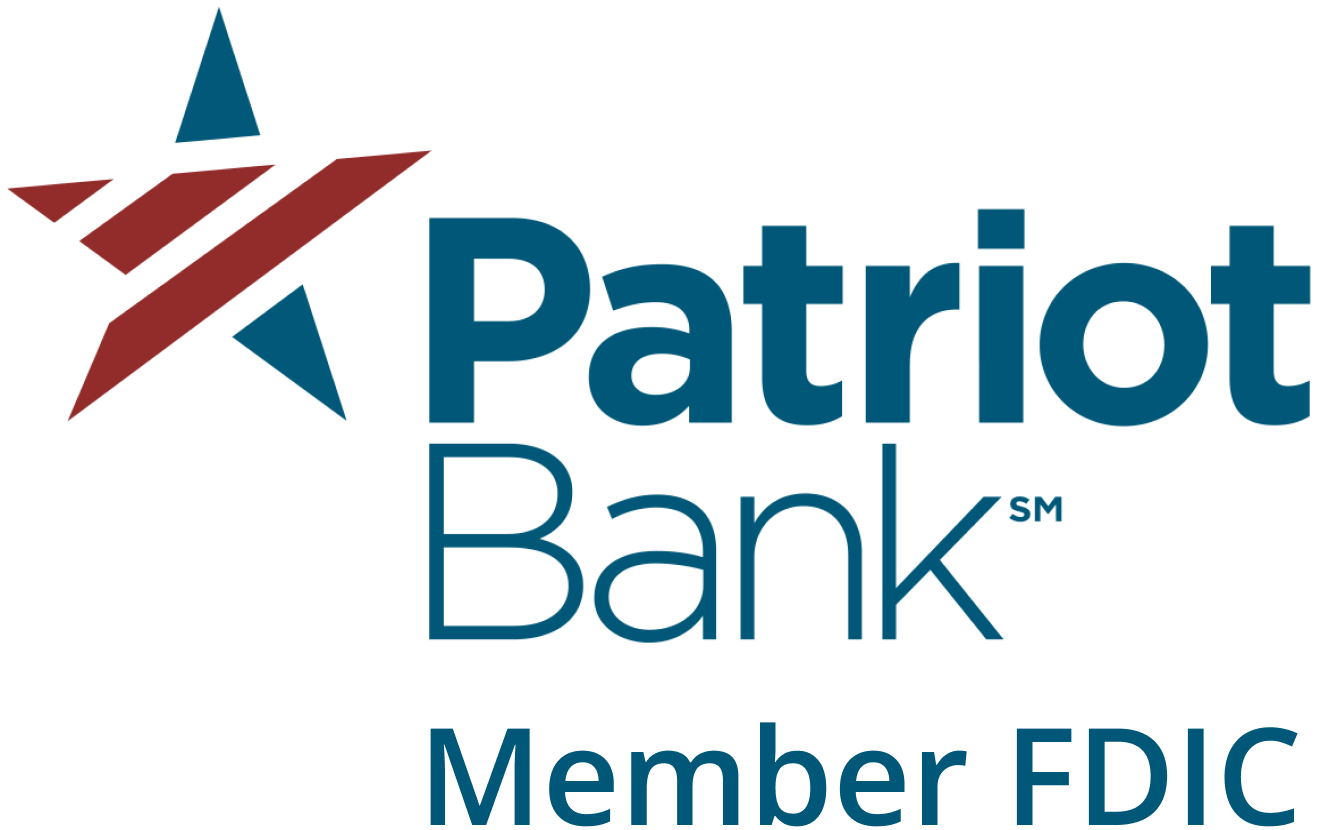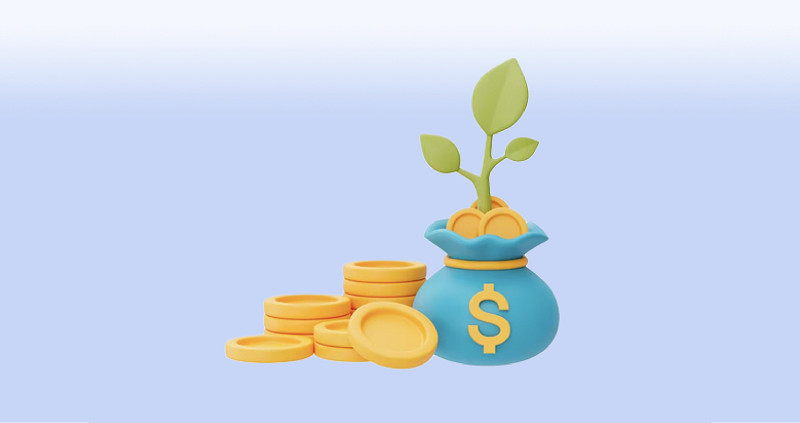The best ways to invest $1K: 8 strategies to help grow your money
Discover some beginner-friendly ways to make the most of your $1K.
There’s no one-size-fits-all approach: Choosing the best way to invest $1K depends on your financial goals, time horizon, and risk tolerance.
Diversify your investments: Diversified, low-cost options like exchange-traded funds and high-yield savings accounts can offer growth potential and help lower risk.
Getting started: Starting small is still starting strong — even a $1,000 investment can bring significant growth over time with the right strategy.
Determine your investment goals and risk tolerance
If you’re looking to build your financial future, investing can be a good place to start. Even though it may not seem like a lot, if you invest $1K now, its potential to grow over time can be substantial. There is no money too little or time too late to embark on your investing journey. But first, it is important to define your investment goals, time horizon, and risk tolerance.
Before deciding on how to invest your $1,000, you might want to determine what your financial goal is. This could be a short-term goal, such as saving for a vacation next summer, or a longer-term goal, like saving for retirement. The time horizon of your goal, or how long you plan on holding your assets before using or selling those funds, can also help you choose where to invest your money. If you have shorter-term goals, you may want to have more liquidity than longer-term goals. You may also want to consider your risk tolerance, the level of risk you are willing to take when investing, as this will also greatly influence your investment strategy.
Once you have determined these factors, you can start considering different investment options.
8 best ways to invest 1,000 dollars right now
It is important to note that there is no one-size-fits-all approach when it comes to finding the "best" way to invest money. The best way to invest $1K will be the option that best suits your current situation and goals.
Here is an example of eight commonly used investments:
Pay off debt
When thinking about how to invest $1,000, you might want to first consider any debt you have. Credit cards, student loans, car payments, and other types of debt typically accrue interest, which could delay paying off your debt. However, you can still start saving while paying off debt, so these options don’t have to feel mutually exclusive.
Start an emergency fund
Having an emergency fund is vital to your financial health. When facing unexpected expenses, such as losing a job, medical expenses, or car repairs, having extra cash can help keep you from straining your budget or potentially going into debt.
While experts often recommend having three to six months' worth of living expenses in case of an emergency, $1,000 can go a long way when starting your emergency fund. Since these funds are meant to be used during unforeseen circumstances, you might want to consider liquid options to easily access your money when needed. Possible methods can include high-yield savings accounts, which will be covered in more detail below.
High-interest savings options
High-interest savings products give you the option to save money at higher interest rates compared to traditional savings accounts. Options like high-yield savings accounts, certificates of deposit (CDs), or money market accounts, allow you to earn interest on your savings with generally lower risks compared to other investment options like stocks.
While some of these accounts can be opened at traditional banks, they are also all available to open online. The Raisin marketplace gives you access to all of these types of savings products, all in one dashboard, allowing you to compare interest rates as well as open, fund, and manage accounts. Explore account options and start growing your $1,000 today.
$
Bank
Product
APY
New Raisin Users: 60-Day Rate Lock

mph.bank, a division of Liberty Savings Bank, F.S.B., Member FDIC
High-Yield Savings Account
4.01%
$2,005.00
Raisin is not an FDIC-insured bank or NCUA-insured credit union and does not hold any customer funds. FDIC deposit insurance covers the failure of an insured bank and NCUA deposit insurance coverage covers the failure of an insured credit union.
Put it in a retirement account
Even if it seems far away, it’s never too early to start saving for retirement. You can consider investing $1K into retirement accounts, such as a 401(k) or IRA, which will allow it to grow over time. Starting your retirement savings early can help ensure a comfortable financial situation in your golden years.
Index funds
Index funds are a type of investment fund, oftentimes a mutual fund or exchange-traded fund (ETF), which is designed to mirror the performance of a specific financial market index. Instead of trying to beat the market, index funds aim to match the return of the index they track.
This can be a popular choice for new investors, as it offers diversification from the start, lowering the risk of potential losses, and also because of the lower fees and expenses due to less demanding portfolio management.
Partial shares in stocks
If you are looking to further diversify your portfolio and have a longer investment horizon, another option to consider would be buying partial shares in stocks. Also called fractional shares, this allows you to buy less than one full share of a company’s stock, essentially investing any dollar amount to own a proportional piece of that share.
This option allows you to get started on investing in stocks with less money while allowing for a more balanced portfolio. However, you should also be aware of potential losses that can come with investing in stocks.
Use a robo-advisor
If you are looking for low-cost help when it comes to investing, you can also consider using a robo-advisor. Robo-advisors are digitalized investment services that use algorithms to manage investment portfolios. This service can select a portfolio for you based on your risk tolerance and investment horizon, so you don’t have to allocate your assets yourself.
It is important to note, however, that although computer algorithms are used to determine where your investments are made, you can still face potential losses. Therefore, you might want to do your research beforehand to help you better decide on which robo-advisor to use.
Exchange-traded funds
Exchange-traded funds, ETFs, offer a low-cost way to potentially earn a return similar to an index or other commodity. Essentially, ETFs offer a basket of securities (such as stocks or bonds) that are traded on an exchange.
ETFs are a popular option for some beginner investors, as they provide portfolio diversification and trading flexibility at a more friendly approach than trading individual stocks. However, you will still want to consider your risk tolerance, as potential losses may occur.
Bottom line
The best place to invest $1,000 will depend on what can best help you meet your financial goals. If you are just getting started with investing, it is crucial that you do your own research to ensure you are properly informed of the associated risks and benefits of the investment option you choose.
Ready to start growing your $1K? Raisin is here to help. The Raisin marketplace gives you access to a variety of high-yield savings products, with competitive interest rates allowing you to increase your savings potential. Sign up today and start growing your funds!
The above article is intended to provide generalized financial information designed to educate a broad segment of the public; it does not give personalized tax, investment, legal, or other business and professional advice. Before taking any action, you should always seek the assistance of a professional who knows your particular situation for advice on taxes, your investments, the law, or any other business and professional matters that affect you and/or your business.






